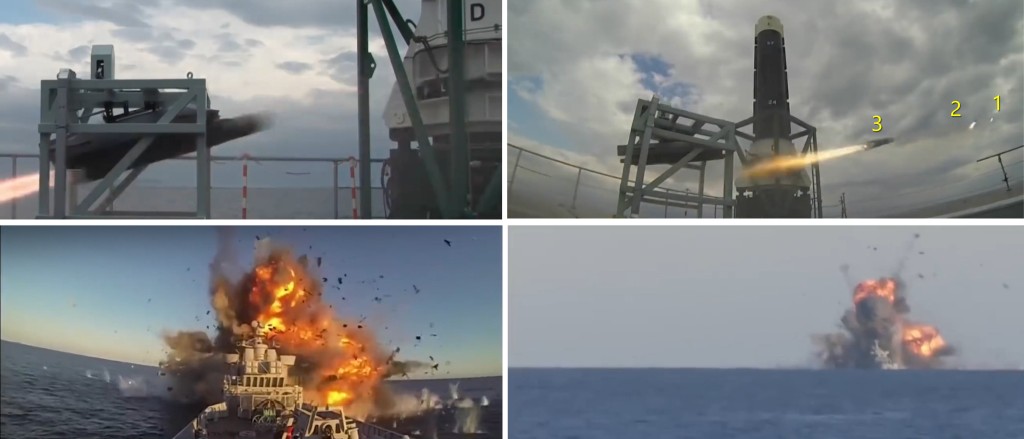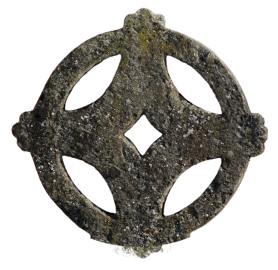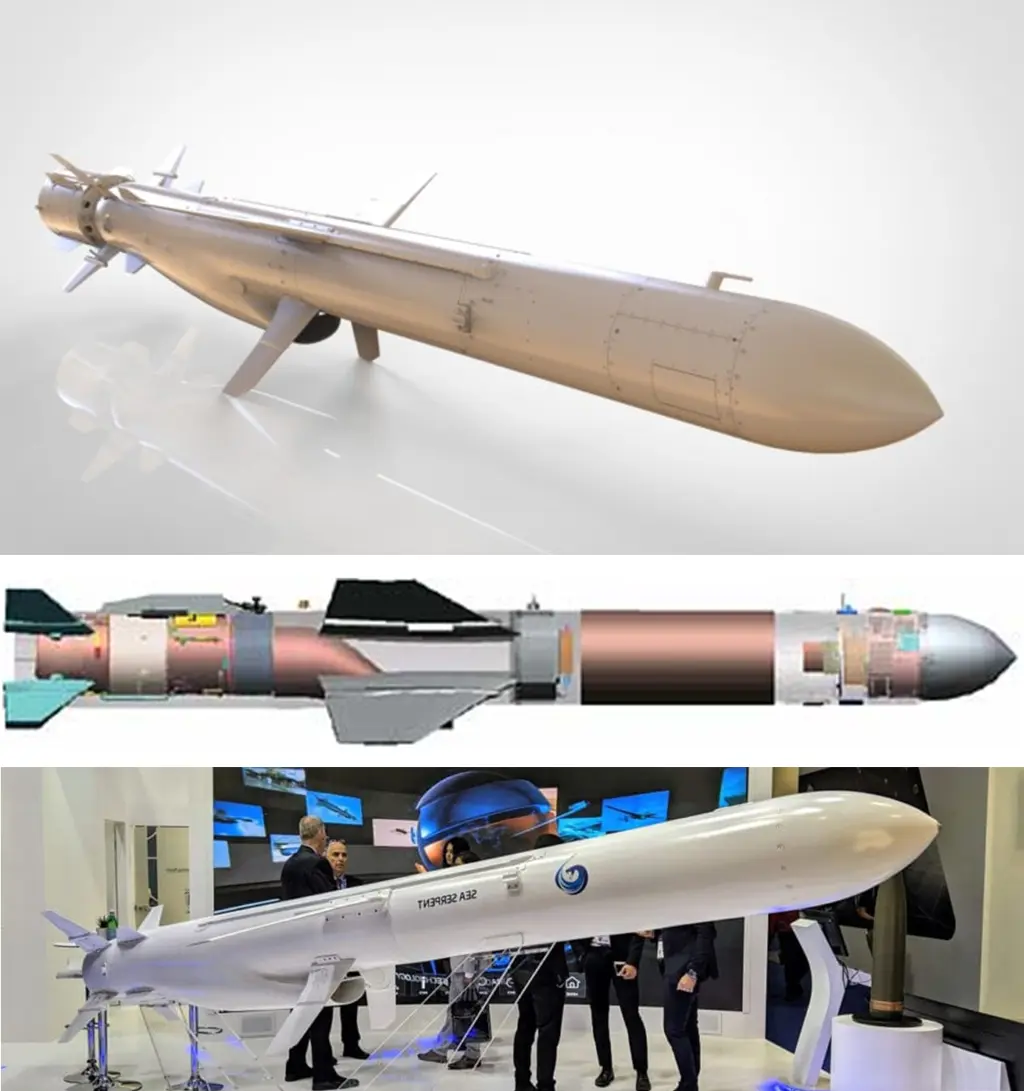Singapore company will help the Estonian Navy sink the enemy ships beyond the horizon by 2023.
On October 6, 2021 Estonian Navy announced singing agreement with Singapore company Proteus Advanced Systems Pte. Ltd. whose task will be to supply by 2023 the capability to sink the enemy surface vessels and targets. The decisive factor in this procurement was the need to have this system immediately and the system being used earlier by some NATO or a reliable partner. Additionally, on top of those, the anti-ship missile met the direct criteria of the Estonian Navy requirements for hitting the surface targets.The procurement costs EUR 100M, including Blue Spear 5G SSM mobile anti-ship missiles and their launching stations, as well as sea mines. For the Estonian Navy, this is one of the most technically complex procurement, and for the supplier it is an opportunity to deliver within extremely short deadlines. In an interview for ERR the Commander of the Estonian Navy, Commodore Jüri Saska, said: The anti-surface missile system is needed to protect the sea from the sea or for anti-ship activities. Sea mines provide an opportunity to defend ourselves and limit the activities of a potential enemy and to direct the enemy into an area where anti-Estonian activities would be as difficult as possible. In order to make it even more complicated, so that it is not possible to trawl sea mines, there are anti-surface systems by which we can keep them away where we don’t want him to be and come.”
Estonian Centre for Defence Investment (ECDI) signed a contract for the manufacture of anti-ship missiles with Proteus Advanced Systems, a joint venture between Israel Aerospace Industries (IAI) and Singapore-origin ST Engineering Land Systems (ST). The financing of the missile system was decided by the government in 2020. In addition to investment in infrastructure and future costs, the project cost is 100 million. In order to ensure primary capacity, the government allocated 46 million and the first part of the system will arrive to Estonia at the end of 2023.
The procurement time line.
In 2019 Estonian Defence Forces’ spring exercise “Spring Storm” Polish army’s mobile coastal defence battery participated with their 200 km range Norwegian Naval Strike Missile (NSM) anti-ship missiles. Thanks to the additional allotment of the 2020 budget the Ministry of Defence began in addition to the planned 2017-2026 National Defence Development Plan capabilities also looking at the prospects for acquiring a long-distance coastal protection system in October of the same year, that would allow to affected the potential enemy across the entire Estonian coast. At that time, the Defence Investment Centre assumed that, at least within the first procurement, it would be possible to acquire sea mines and the navy was asked to define the ways in which the minimum coastal defence effect could be achieved and how they would generally want to achieve coastal defence. Since the planning of the procurement, emphasis has been placed on the cost of the entire life cycle of the purchased anti-ship missiles. In the case of sea mines, the storage conditions are not very complicated, as they are designed for extreme conditions anyway. The missiles are different because they’re advanced technology. There are missiles that do not need maintenance for the first ten years, and the total cost of missile life cycle with a loner range can be up to half the cost of the missile, or over a 30-year life-cycle, the cost of maintenance of a missile with a price of two million is a million.
In March 2021 after six months of preparation, the Defence Investment Centre with a list of the military requirements and the market research, involving the manufacturers of the required missile systems, had identified both those missile systems that are used in NATO countries, but also those that no ally uses. In order to improve the deadlines and project progress, the procurement plan was drawn up in cooperation with Latvia, which aimed to involve partners in the development of the same capacity and to achieve a capacity in cooperation where several countries have the capacity to defend the coastline and targets across the region. Martin Herem, Commander of the Estonian Defence Forces, pointed out at the Riigikogu session of March 2021 following:
“The medium range air defence in Tallinn does not defend us in the event of a threat as it would defend the North Division or the North-East Corps, including the coming allied units. In the event of a conflict, the tank company would have a range of approximately 100 kilometres, while anti-ship missiles in all three Baltic States would allow both to support the arrival of allies and to protect each other’s coasts and ports. Multiple-launch missile systems with a range of 300 kilometres or more allow the Baltic States to support combat activities in each other’s territories as well as to influence the military capabilities preventing the allies from entering.”
The anonymous source of the ERR pointed on the prospects of joint procurement of countries in the region where development of the defence capabilities of Estonia and Latvia could be hampered by the different national priorities and plans for the acquisition of arms.
By the time of the May 2021 Estonian Defence Force annual exercise “Spring Storm” the announcement for tender was a matter of days, the prospect of joint procurement with Latvia did not materialise. At the same time, the Estonian Defence Forces had invited for the second time the Polish army’s mobile NSM Coast Guard batteries, which were intended to test the communication channels and reliability of the marine monitoring systems developed last year.
The timetable for the procurement process clearly shows Estonia’s immediate action to learn about new combat capability following the approval of the National Defence Development Plan 2017-2026 through NATO cooperation partners that materialized in creating necessary prerequisites for the procurement preparation on the basis of the Polish army’s mobile coastguard battery Naval Strike Missile by understanding and mapping the needs of the Defence Force. While in May 2021 the Commander of the Defence Forces was clearly aware that the procurement of sea mines was more advanced than that of anti-ship missiles, at that time it was still open when and what specific solution would be reached.
Signing of the Blue Spear 5G SSM anti-ship missile procurement contract by ST Engineering Land Systems, Israel Aerospace Industries and the National Defence Investment Centre on 6 October 2021.
The requirements of the Estonian Navy for the ship defence system.
One of the main requirements for hitting a target beyond the horizon is the development and capability of a communication system for good fire control and target acquisition. Given the complexity of defeating the enemy’s vessel in the modern Baltic Sea with an extremely high level of maritime traffic was the primary investment in the success of procurement through the maritime monitoring systems. In March 2021 it was clear that Estonia needed:
- Surface vessels anti-ship missiles with a range of 300 km.
- The anti-ship missile system shall be multi-launch and mobile.
- The function of anti-ship missiles is both to contain enemy ships from beyond the horizon, but also to hit targets on land ensuring a secure corridor for the arrival of allies, as well as supporting the partner country with a fire power to protect its internal sites, as well as containing the enemy’s units.
- The use of the same multi-launch anti-ship missile system to perform the same functions on land is beneficial, but not its primary functional requirement.
Blue Spear 5G SSM target approaching modes.
The primary operational function of the anti-ship missile system Blue Spear 5G SSM is destroying the surface targets beyond the horizon, within which the missile skims the sea near the surface of the waterline on the approach to the target to ensure the moment of surprise and being hidden for the target vessel’s radar, during which the missile is making a multitude of course changes along its unpredictable trajectory, changing direction, altitude, as well as making other deflective manoeuvres to ensure that the approaching anti-ship missile is not noticed until the last moment. Consequently, the target range of 300km for the navy and the Blue Spear 5G SSM missile within a 290 km (180 nautical miles) is an important factor, as its sea skimming mode adds most to the range of the missile. Due to the ability of the Blue Spear 5G SSM missile to hit land targets, another approach mode is revealed with its ability of a direct flight towards the land target at a maximum distance of 400 km, because reaching the land target is less complicated in terms of the approach trajectory. As capturing land targets is not the primary function of the Estonian Navy, they do not stress its ability and range.

Proteus Advanced Systems Pte. Ltd. lühiajalugu.
Israeli Military Industry Corporation Israel Aerospace Industries (IAI) and Singapore Military Industry Corporation ST Engineering Land Systems signed a contract on 15 July 2020 after long-term cooperation with Proteus Advanced Systems Pte. Ltd. to establish a joint venture in Singapore for the development and production of next-generation anti-ship missiles, which meet the increased requirements, based on IAI-developed and in 1973 battle christened, Gabriel V anti-ship missiles with a commercial name Blue Spear 5G SSM. ST Engineering Land Systems remains responsible for the design of the booster engine and warhead, including production and development the active radar-homing seeker. Israel Aerospace Industries is responsible for all other parts of the missile.
Since Singapore is one of the world’s largest cargo ship servicing port and a significant number of commercial ships sale in their waters Singapore has the need to find a solution for replacement of the outdated Boeing RGM-84C Harpoon anti-ship missiles developed in the 1980s and no longer meets the requirements for military operations in modern coastal waters, which has forced ST Engineering Land Systems to develop a new type of anti-ship missile, which strength is high-tech and innovative target approach tactic to increase the probability of hitting the target and to guarantee the accuracy of hitting the target in a specific section of the vessel.
The decision of the Estonian Navy in favour of Proteus Advanced Systems Pte. might have stemmed from the fact, alike Singapore, the Baltic Sea is an extremely congested with high maritime traffic body of water, wherefore the Russia’s active war against Ukraine for the last 8 years already shows that future wars are taking place in the waters of active civil ship traffic and civil waterways and that the ability of the Estonian Navy to contain the enemy and ensure safe access to its allies by sea means that the enemy vessels are being hit with exceptional high reliability.
Blue Spear 5G SSM anti-ship missile.
Blue Spear 5th Generation Surface-to-Surface-Missile is Proteus Advanced Systems Pte. Ltd’s manufactured anti-ship missile with the goal to exploit a long-developed and proven anti-ship missile base model that will be technologically upgraded to the new level as a result of significant upgrades of the subsystems. Until the announcement of the winner of the procurement by the Estonian Navy, there was little information about the missile and, in order to ensure greater coverage, the company had provided video material about its product to the Estonian National Broadcasting of live shooting trials. Blue Spear missiles are fired from a multi-launch missile battery to which three missiles are attached to hard points. Depending on the priority of the target, the desired result, as well as the need to secure the result, anti-ship missiles are launched as salvos. As a rule, it’s two anti-ship missiles per target. From the video footage offered to ERR, it can be seen that the entire salvo, or three missiles, are released. As part of the deterrence of surface vessels, the aim does not necessarily have to be to sink the vessel, wherefore put out of service or damaged to the extent that it forces the vessel to change its set mission is also a deterrent strategy for anti-ship missiles. The launch of multiple missiles at the same time will produce a greater guaranteed result that, despite the countermeasures against the target and the enemy countermeasures, the target will be hit and the vessel will be put out of service, if necessary sunk.
To rule out the enemy’s understanding of anti-ship missiles launched toward them, Blue Spear 5G SSM is flying in sub-sonic speed, which prevents the formation of sonic boom and signalling impending danger. In addition to the homing-radar seeker the manufacturer emphasises the ability of the missile to be immune to GPS signal suppression. In addition, Blue Spear possesses inertial navigation system (INS), capability penetrate ship defence mechanisms, both soft-kill and hard-kill, a countermeasure to deter EWCM. Blue Spear 5G SSM missiles are among sea skimming type anti-ship missiles, where the missile, when approaching the target, is at a certain safe height from the water surface but low enough not to produce a significant signature on the enemy radar. Blue Spear 5G SSM is equipped with a dual-link video feed between the ship and the anti-ship missile heading towards the target. Blue Spear 5G SSM can also be launched from the terrestrial surface towards the maritime target.
Gabriel V vs. Blue Spear 5G SSM vs Sea Serpent.
The IAI is still offering Gabriel V anti-ship missiles. They were purchased by the Finnish Navy in 2018 and delivered by 2020. Blue Spear 5G SSM is a forward-looking anti-ship missile created by an IAI and ST Engineering Land Systems joint-company. The Sea Serpent anti-ship missile is specially developed by the IAI by the requirements and specification of the UK Navy, in cooperation with the ST Engineering Land Systems joint-company, a very special version of the traditional Blue Spear 5G SSM anti-ship missile, but physically and externally identical to the Blue Spear 5G SSM missile.
It is undeniably clear that in addition to satisfying the requirements of the Estonian Navy the acquisition of anti-ship missiles by the Finnish Navy Gabriel V played a part in favour of Blue Spear 5G SSM procurement.
1 – The Gabriel V anti-ship missile acquired by the Finnish Navy. 2- Gabriel V anti-ship missile cross section. 3 – Blue Spear 5G SSM special version for the United Kingdom Navy or Sea Serpent.
Sources:
- https://www.err.ee/1608361134/eesti-solmis-lepingu-rannakaitserakettide-ostmiseks
- https://www.err.ee/1142379/rannakaitse-taisvoimekuse-saavutamiseks-kuluks-paar-aastat
- https://www.err.ee/1608152371/eesti-loodab-hankida-laevatorjerakette-koos-latiga
- https://www.err.ee/1608227089/herem-rannakaitset-karped-ei-puuduta
- https://stenogrammid.riigikogu.ee/et/202103231000
- https://defense-update.com/20200716_proteus-jv.html
- https://www.defensenews.com/global/asia-pacific/2020/07/28/singapore-israeli-firms-team-to-develop-new-ship-killing-missile/
- https://en.wikipedia.org/wiki/Gabriel_(missile)







